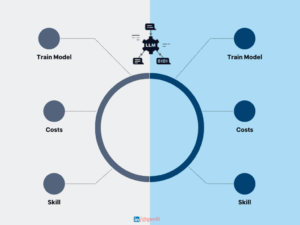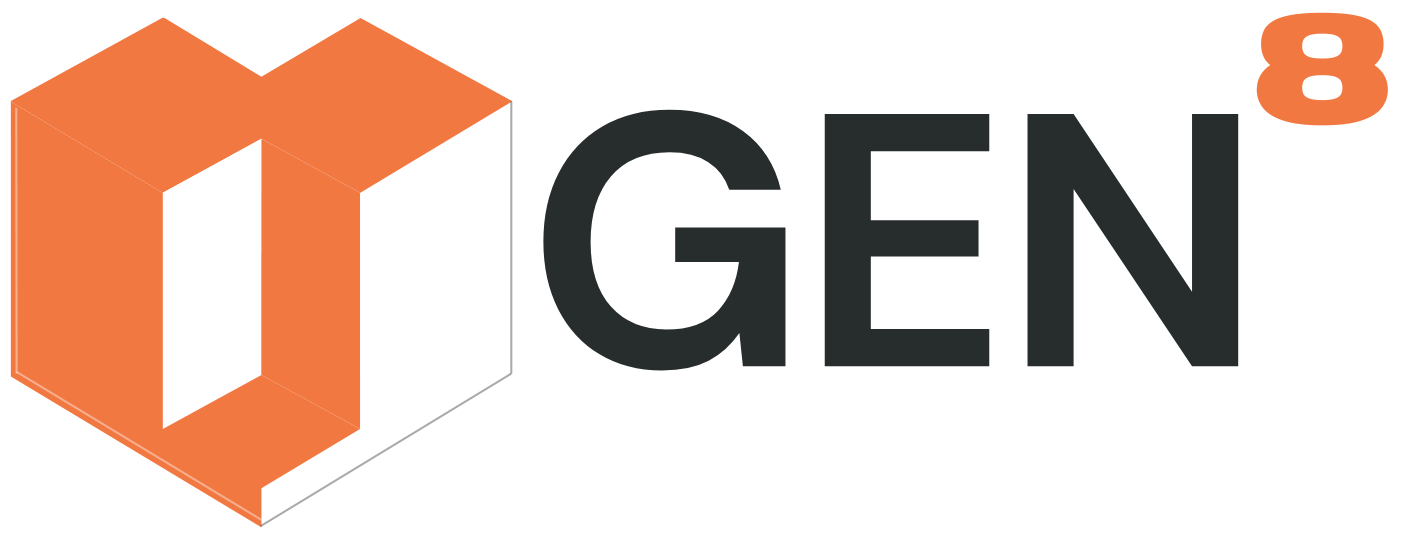RAG vs FineTuning: Which Is Best for Your LLM Applications?
The evolution of Large Language Models (LLMs) has been one of the most significant advancements in the field of artificial intelligence over the past few decades. Since the 1950s, these models have gradually become more sophisticated, culminating in the launch of groundbreaking tools like ChatGPT in 2022, which have made LLMs a cornerstone of modern AI applications.
Today, as businesses seek to integrate these powerful tools into their products, the focus shifts to optimizing LLM performance to meet specific operational needs. Two prevalent techniques in the customization of LLMs are Retrieval-Augmented Generation (RAG) and Fine-tuning. Each offers unique advantages, but choosing the right approach depends on the specific requirements of the business application.
Understanding Retrieval-Augmented Generation (RAG)
RAG is a novel framework designed to enhance the capabilities of LLMs by integrating real-time data retrieval into the response generation process. This approach enables the model to access a vast array of external information sources, ensuring that the responses are not only relevant but also factually accurate.
Here are some detailed benefits of RAG:
- Timeliness and Relevance: RAG can dynamically pull data from external databases, keeping the LLM’s responses up-to-date with the latest information. This is particularly crucial in rapidly changing fields such as news, finance, and scientific research.
- Accuracy and Reliability: By grounding its responses in real-world data, RAG significantly reduces the risk of generating false or misleading information, which is a common challenge with LLMs.
- Resource Efficiency: Unlike methods requiring extensive retraining, RAG utilizes existing resources more effectively by leveraging external data, minimizing computational costs, and speeding up deployment.
Exploring the Benefits of FineTuning
FineTuning, however, involves adapting a pre-trained model to perform well on a narrower set of tasks by training it further on a specialized dataset. This process makes it possible to tailor the behavior of LLMs to the intricacies of a particular domain or task.
Key advantages of Finetuning include:
- Enhanced Model Performance: By training on domain-specific data, Finetuning improves the model’s ability to handle specific types of queries or tasks, enhancing both its effectiveness and efficiency.
- Flexibility: FineTuning allows developers to modify the model’s parameters to better align with the unique requirements of their application, providing a more targeted and adaptable solution.
- Cost-Effectiveness: Since fine-tuning builds on existing pre-trained models, it avoids the need for training from scratch, which can be prohibitively expensive and time-consuming.
Deciding Between RAG and FineTuning
The specific needs of the application should guide the decision between using RAG or Finetuning:
- RAG is preferable for applications that require access to the most current information or for those operating in fields where data changes frequently. It is also ideal in scenarios where generating accurate and reliable outputs is more critical than handling a broad range of topics.
- FineTuning is suitable when the application needs to excel in a specific domain, where understanding context and subtle nuances is crucial. It is particularly effective for tasks that require a deep understanding of specialized terminologies or procedures.
Practical Applications
In practical terms, the choice between RAG and Finetuning can be seen in different applications:
- Customer Support: A customer support system for a tech company might benefit from fine-tuning, as it would allow the model to handle technical queries with high precision. Conversely, a general information chatbot might perform better with RAG, ensuring it provides the most current responses possible.
- Healthcare Applications: In healthcare, Finetuning might be used to tailor responses to medical queries based on the latest clinical research, whereas RAG could assist by pulling real-time data from medical journals and databases.
Conclusion
Both RAG and Finetuning provide robust frameworks for enhancing the performance of LLMs. The choice between them should be based on strategic business needs, considering factors like the nature of the data involved, the speed of information updates required, and the specific tasks the LLM is expected to perform. By carefully evaluating these criteria, businesses can leverage the right technique to not only enhance the functionality of their LLMs but also drive more value from their AI investments.

